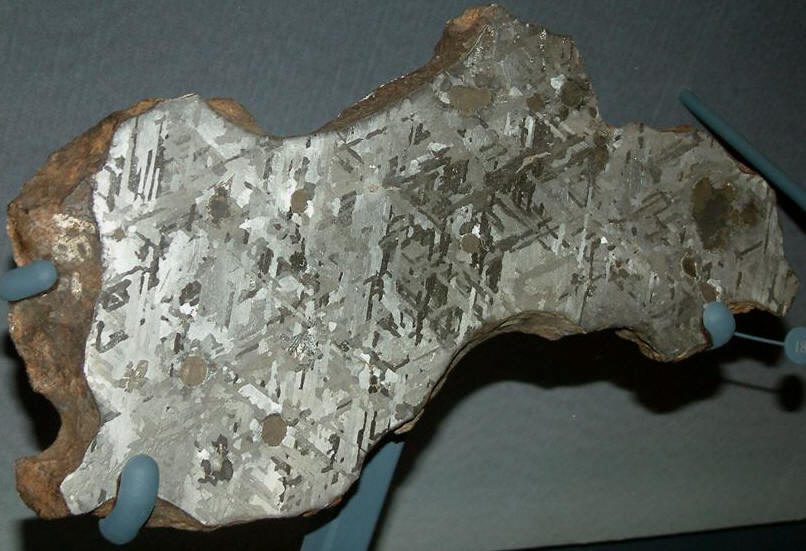The extreme temperatures and pressures produced when a space rock slams into the Earth can create distinctive materials, such as the shocked quartz used to identify the remains of such events. Arizona’s Canyon Diablo contains diamonds with unusual structures, but scientists have been misinterpreting what makes them special.
Very different processes can lead to the same minerals. Although diamonds can be made by various terrestrial forces, they can also be produced from the shock wave when an asteroid runs into the Earth with only a small portion of its energy dissipated in the atmosphere.
However, when scientists used advanced imaging techniques to look at diamonds from the Canyon Diablo meteorite, they found these were no ordinary gemstones. The Canyon Diablo meteorite fell around 50,000 years ago, creating Meteor Crater – one of the most intact impact craters in the world.
In a 2022 study, the researchers reported that these stones share diamonds’ proverbial hardness, but are also unusually malleable. Moreover, they have electronic properties that can be tuned, making them potentially useful for electronics.

The Canyon Diablo meteorite.
The diamonds used in jewelry are made up of carbon atoms in a cubic shape with each atom joined to four others, occasionally interrupted by impurities of other elements that can add a hint of color.
Lonsdaleite is a rare form of carbon first found in 1967 in the Canyon Diablo meteorite and previously thought to be made up of atoms in a hexagonal lattice. This was added to the list of carbon allotropes (ways the remarkably versatile element can arrange itself) along with graphite, amorphous carbon graphene, and graphyne.
However, on examining lonsdaleite using Raman spectroscopy and crystallography, Dr Péter Németh of the Institute for Geological and Geochemical Research and the study co-authors found something much more interesting going on. It turned out lonsdaleite actually involves traditional cubic diamonds and graphene-like domains that have grown together in what are known as diaphites. The crystal also contains numerous errors where atoms are misplaced.
In recent years, two teams have independently described methods for producing lonsdaleite in the lab. Apparently, making the hardest stone known to humanity is some people’s idea of a pandemic activity; however, it seems they may have been making the hexagonal lonsdaleite they imagined, not what is found in the Canyon Diablo and other meteorites.
“Through the recognition of the various intergrowth types between graphene and diamond structures, we can get closer to understanding the pressure-temperature conditions that occur during asteroid impacts,” Németh said in a statement.
Where diamond and graphene meet, unexpected things happen to layer spacing, which explains previous spectroscopic observations of lonsdaleite.
Available quantities of lonsdaleite have been too small to test some of its properties. However, modeling suggests the hexagonal formation should be 58 percent harder than ordinary diamonds. How hard the diaphites might be remains to be seen.
The authors said lessons learned in lonsdaleite could be applied to other carbon-rich materials that contain significant amounts of other elements placed under extreme pressure.
Co-author Professor Christoph Salzmann from University College London explained that these crystals have a number of potential applications: “Through the controlled layer growth of structures, it should be possible to design materials that are both ultra-hard and also ductile, as well as have adjustable electronic properties from a conductor to an insulator,” he said. Salzman believes these could have “applications ranging from abrasives and electronics to nanomedicine and laser technology.”
The name lonsdaleite honors the pioneering crystallographer and activist Dame Kathleen Lonsdale, who proved the flatness of the hexagonal benzene ring.
An earlier version of this article was published in July 2022.
Source Link: Never-Before-Seen Diamonds Found In Canyon Diablo Meteorite From Outer Space